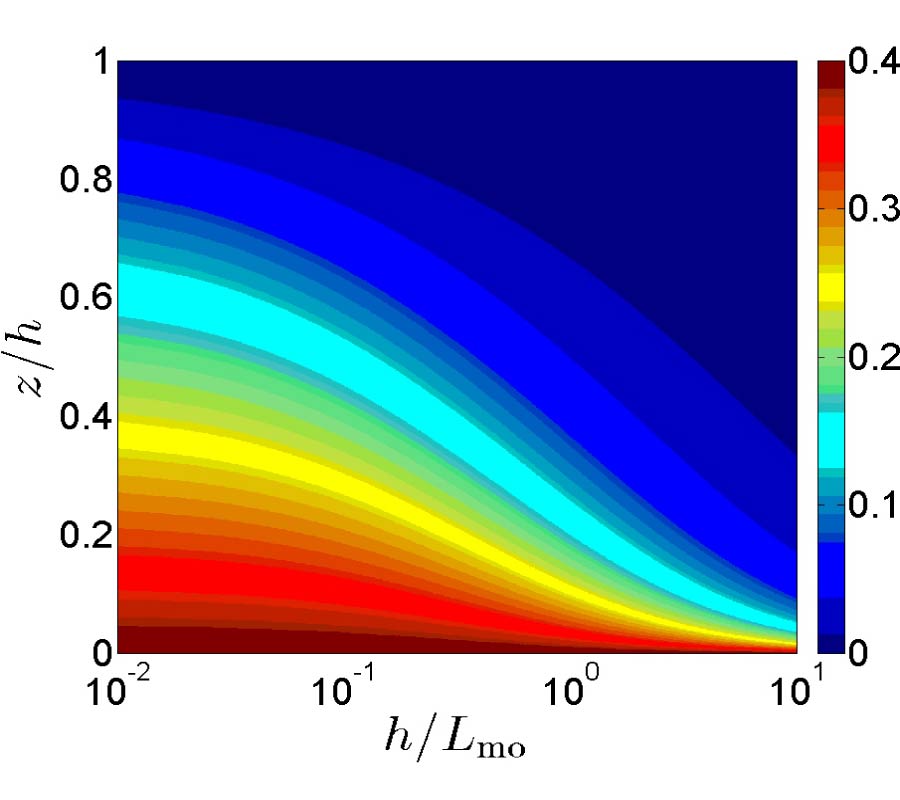2014-08-26 Latest Published
By Yung-Hsiang Chou
Jean-Fu Kiang
Progress In Electromagnetics Research B, Vol. 60, 301-315, 2014
Abstract
The split-step Fourier (SSF) algorithm is applied to simulate the propagation of radio waves in an atmospheric duct. The refractive-index fluctuation in the ducts is assumed to follow a two-dimensional Kolmogorov power spectrum, which is derived from its three-dimensional counterpart via the Wiener-Khinchin theorem. The measured profiles of temperature, humidity and wind speed in the Gulf area on April 28, 1996, are used to derive the average refractive index and the scaling parameters in order to estimate the outer scale and the structure constant of turbulence in the atmospheric boundary layer (ABL). Simulation results show significant turbulence effects above sea in daytime, under stable conditions, which are attributed to the presence of atmospheric ducts. Weak turbulence effects are observed over lands in daytime, under unstable conditions, in which the high surface temperature prevents the formation of ducts.



















